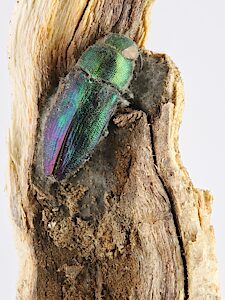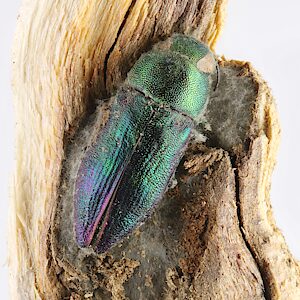Head, pronotum, ventral side and legs predominantly green, pronotum with some bronze to brown colouration on either side of the median line; elytra red, maroon or purple, variably patterned with three main vittae or lacunae of green or blue.
The type of this species described in 1805 is designated as from 'New Holland' and is likely to have been collected from near the east coast. The forms in SA and other areas away from the higher rainfall parts of eastern Australia tend to be larger and differ in their host plant specificity. They most likely represent a distinct species or subspecies.
The species is known from Wedge Island (situated halfway between the southern ends of Eyre and Yorke Peninsulas) based on a specimen of its distinctive larva collected in 2024 by J. van Weenan from its host plant.
| Legend | records | count of breeding adults, pupae and larvae |
| sites | count of major sites (unique 10 km grid cells +/- some distinct approximate localities) |
| adult | live = extracted alive; dead = extracted dead as intact or fragmentary remains; ex billet = reared and emerged from stored sections of host; ex pupa = reared from sampled pupa |
| pupa | extracted pupa; pupa ex larva = reared pupa from larva |
| larva | extracted larva (any stage including prepupa) |
| gall (only) | hatched or unhatched gall identified by form and position rather than contents |
| Plant names in green are hyperlinked to a matching host species page with plant photos. |
The high incidence of adult records on Pale Turpentine-bush, Beyeria lechenaultii suggested that this might be a larval host also, and led to targeted searching. A.M.P. Stolarski eventually discovered a pupa and a live non-emerged adult in the stem of this species on 19 November 2017.
The smaller form from eastern Australia seems much less specific in its larval and adult host plants and is known to breed in a number of Acacia and Eucalyptus species Bellamy et al. 2013.
Consistent with the host plant association evidence presented on this web page, Goudie 1920 reported for north-western Victoria that 'M. splendida is fairly common, but it is only taken on the Turpentine or Rosin-bush, Beyeria viscosa of this district '. According to the Flora of Victoria online, B. viscosa as now understood has a narrower distribution and the only Beyeria species in north-western Victoria are B. lechenaultii and B. opaca. To date, M. splendida has not been collected on B. opaca (Dark Turpentine Bush) in SA.
| ¹ Legend | regions | SA State Herbarium regions (map)
EA: Eastern, EP: Eyre Peninsula, FR: Flinders Ranges, GT: Gairdner-Torrens, KI: Kangaroo Island, LE: Lake Eyre, MU: Murray, NL: Northern Lofty, NU: Nullarbor, NW: North-Western, SE: South-Eastern, SL: Southern Lofty, YP: Yorke Peninsula |
| size | The ellipse is the correct size when printed, indicative on a desktop screen, and likely to be wrong on a mobile device. |
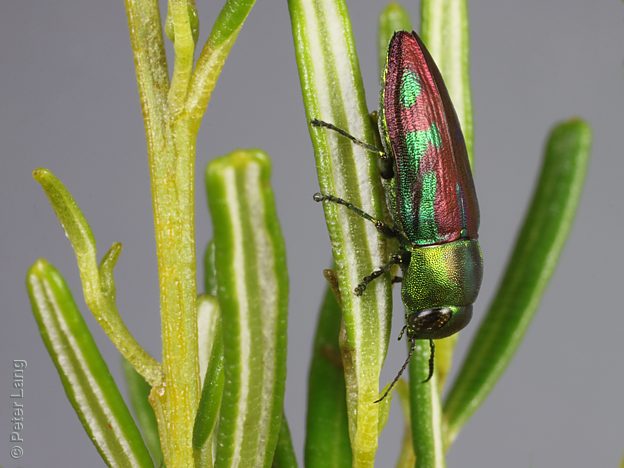
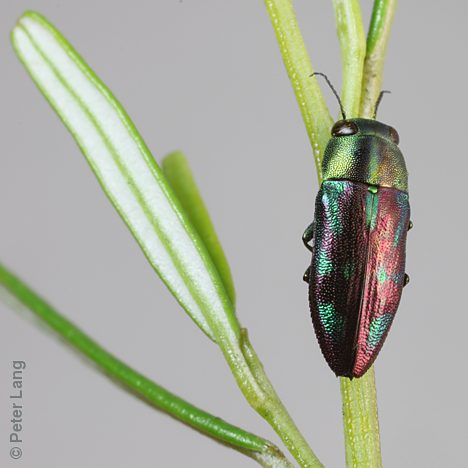
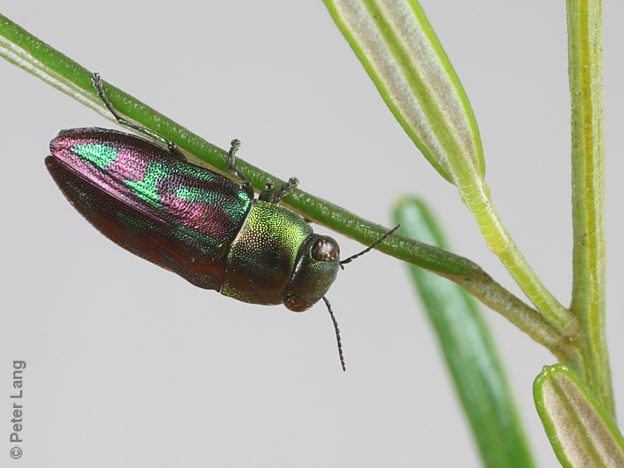
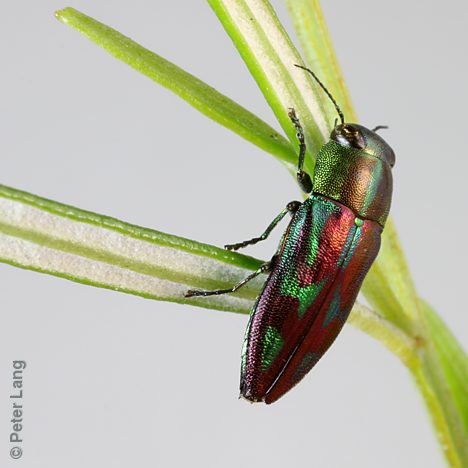
, MU, A5_x468.jpg)
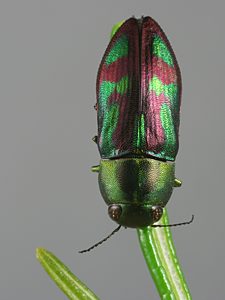
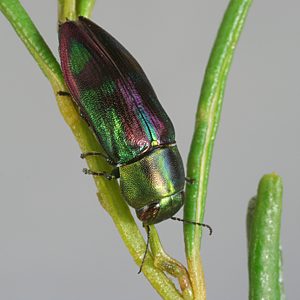
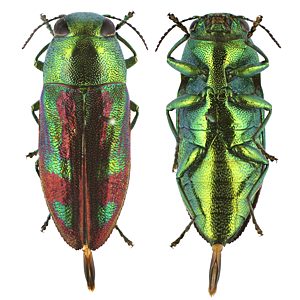
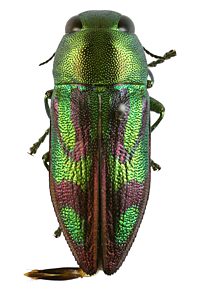
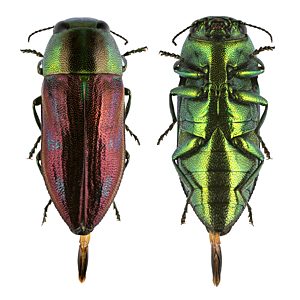
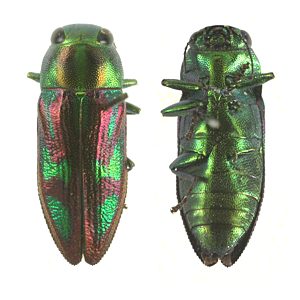
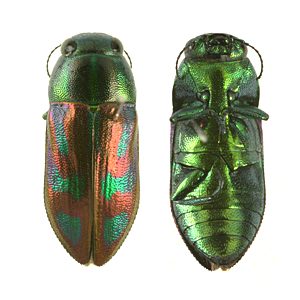
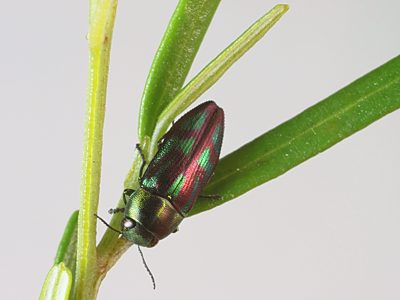
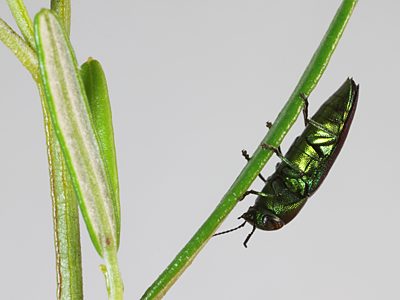
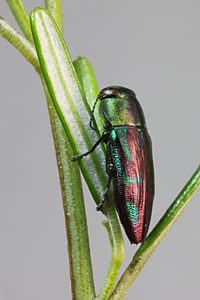
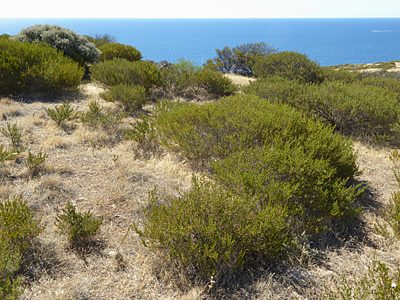




, MU, A5_x468.jpg)











, MU, L1_x300.jpg)
, MU, dorsal & ventral, L2_x300.jpg)
 dead stem base, EP, photo by A.M.P. Stolarski, L3_x300.jpg)
 dead stem base, EP, photo by A.M.P. Stolarski, L4_x300.jpg)
 stem base, immature larvae, EP, L5_x300.jpg)
 stem base, dorsal & ventral views, EP, L6_x300.jpg)
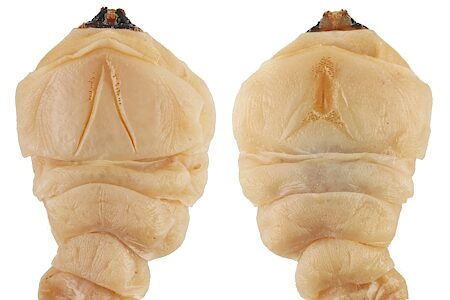
 stem base, MU, photo by A.M.P. Stolarski, U1_x300.jpg)
 stem base, MU, U2_x300.jpg)
